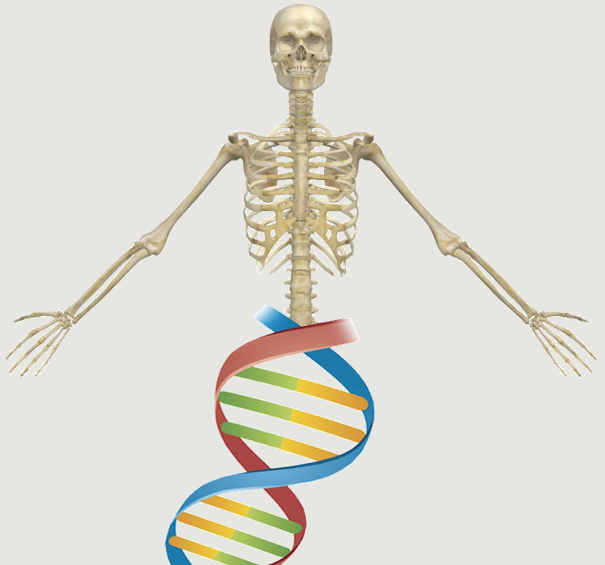Abstract:
Osteoarthritis (OA) affects both cartilage and bone tissues, and the subsequent breakdown of the two tissues appears to be interrelated. The interest in the role of subchondral bone changes with OA is growing, and one suggestion is that a simple inverse correlation exists between the cartilage loss and increased bone mineral density. In this work the STR/ort mouse is used as a model for human OA, in order to investigate disease progression. The aim of the work is to elucidate the tempero-spatial relationships between bone and cartilage architecture and determine whether a simple inverse correlation is satisfactory. We employ 3D whole joint quantitative imaging techniques for assessment of subchondral bone and articular cartilage. The knee joints of mice aged 3, 4, 7 and 10 months are scanned with muCT and then the tibial plateaus are scanned with CLSM. The results show that depending on site (medial and lateral), compartment (epiphyseal, metaphyseal, cortical), and age (3, 4, 7, 10 months), the subchondral bone undergoes changes that lead to an altered architecture. This is primarily seen as densification of the cortex and epiphysis in the STR/ort mice, with a significant change occurring between 7 and 10 months, while the medial cartilage thickness is significantly reduced after 7 months. Using a novel multimodal imaging approach, morphometric changes in the murine osteoarthritic knee joint are elucidated. It is seen that a complex interplay of events - both spatially and temporally - is involved in OA onset and progression. The initial measured differences between the two strains suggest a possible morphological phenotype involved in OA resistance/vulnerability. Temporally the changes have a strong strain:age dependence, although no separate timeline of events between the two tissues could be discerned. Spatially, the changes to medial and lateral morphometry across the cartilage and bone, indicate a relationship to altered joint mechanics.
Notes:
Stok, Kathryn S Pelled, Gadi Zilberman, Yoram Kallai, Ilan Goldhahn, Jorg Gazit, Dan Muller, Ralph eng Research Support, Non-U.S. Gov't 2009/06/02 09:00 Bone. 2009 Sep;45(3):414-22. doi: 10.1016/j.bone.2009.05.017. Epub 2009 May 28.
Website

